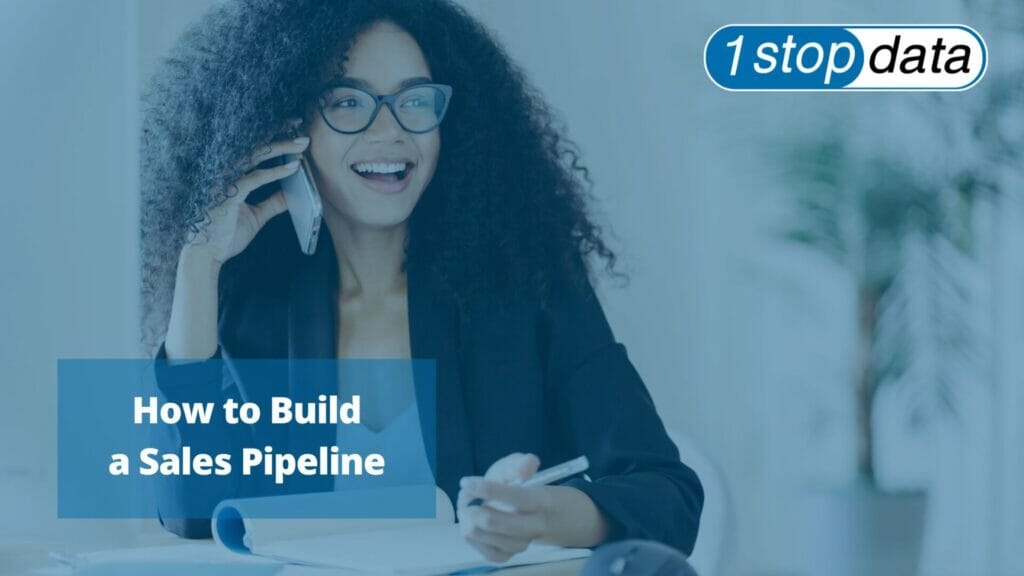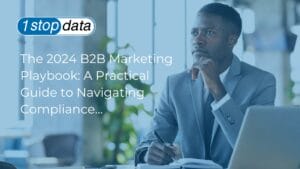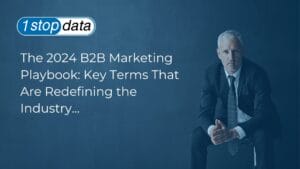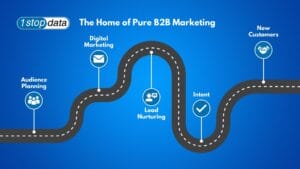How to Build a Pipeline for Lead Generation:
What is lead generation?
Lead generation is an essential part of any sales pipeline. In this article, we will discuss lead generation, the different levels of lead qualification, how to build a lead pipeline that will generate qualified leads for your business, and how lead nurturing is a key element of a marketing campaign.
What is a lead?
A lead is a generic term to describe someone who might buy your product or service. Leads can be generated in numerous ways (e.g. via your website or social media, at an expo, over the phone or through email marketing). They are at the wide opening at the top of your sales funnel. Typically you will have some basic contact information and perhaps some indication of their need for your services.
________________________________________________________________________
What are the different types of leads?
There are different types of leads that can identify their level of interest and give some indication of their readiness to buy.
Prospect
A prospect is the very foundation of a lead generation campaign. This is someone who is in the sales pipeline but has perhaps been identified as the type of person who should be interested in your products and services through demographic profiling but has not yet been qualified with interest. Prospects need nurturing to qualify interest and get them ready for sales follow-up.
MQL – Marketing qualified lead
A lead is considered a marketing qualified lead (MQL) when they have some level of interest in hearing more about your company, or your products and services. These are then nurtured through activities such as email marketing and telemarketing. This person will likely have responded to a call-to-action on your website, social media, on a call or been given more information about what you do at a tradeshow etc.
In short, marketing qualified leads are ready to receive marketing messages from you directly and you can nurture them through the sales pipeline to a higher level of lead qualification.
SAL – Sales Accepted Lead
A sales accepted lead (SAL) is the transition between marketing and sales teams. This is typically someone who has been qualified to be “sales-ready” for the sales team to start nurturing rather than strictly being ready to buy. Further profiling can take place based on demographics and firmographics to help prioritise how the qualification activity goes forward. This could include content engagement analytics (website, email, social etc.), in addition to job function, company size, industry and other elements to help rank prospects for the sales funnel.
SQL – Sales Qualified Lead
A sales qualified lead (SQL) is someone that has shown a strong interest in your products and services. This is typically someone who has made a product-specific enquiry, registered and downloaded technical documentation or other content (e.g. whitepaper, webinar and similar). The lead is now “sales-ready” and can be progressed to the next stage in the sales funnel.
BANT – Budget, Authority, Need and Timeframe
A BANT lead is someone that has been qualified to a very high level. They are confirmed as someone with budget availability, a definitive need, decision making authority and a defined timeline for purchase
________________________________________________________________________
What are lead qualification levels?
Lead qualification can be broken down into four different core categories:
Hot Lead – High Priority Lead:
A high priority lead, or hot lead, is someone that has shown very strong interest and you are confident that they are ready to make a purchasing decision. This kind of sales lead should be given some immediate attention as it could be more fruitful in the short term, with a faster turnaround.
Warm Lead – Middle Priority Lead:
A middle priority lead, or warm lead, is still considered a high(er) priority lead, but may not be worked on right away. An example would be a lead that has been on your website and expressed interest and fill out a lead form but hasn’t yet made a purchase. This lead needs to be worked on sooner rather than later but can wait until after higher priority leads are taken care of first.
Cold Lead – Low Priority Lead:
A low priority lead, or cold lead, is a lead that doesn’t need to be worked on until more high priority leads are taken care of. For example, this could be fresh (or even ageing) prospect data, or perhaps a lead that has not shown a strong level of interest at this time. These leads could also be leads that were previously hot leads or warm leads, however, are now ageing with a lack of progress in the lead nurturing process. Although low priority leads are often less fruitful in the short term, they shouldn’t be disregarded entirely, as they can still make positive progress through the sales pipeline.
Bad Lead:
A “bad” lead should ultimately be removed from your sales pipeline. For example, this lead could be someone that has no interest in your product and/or service, lead generation is not the best approach for this lead’s business.
That said, just because they are not buying right now, they could be qualified in the future, so it may be wise to keep them in your prospect pool rather than deleting them entirely.
________________________________________________________________________
How to build a lead pipeline?
When you are building a sales pipeline, it is important to determine what your lead nurturing strategy will be, and this will predominantly correlate to what products and services you’re offering, and what your customer profile looks like.
What is a customer profile?
A customer profile is a set of lead qualification criteria that you have determined to be important for your sales funnel. For example, a good prospect is someone you know has purchasing decision-making authority, or perhaps someone who influences those with the decision-making authority.
As discussed with BANT leads, you ideally need to know that your leads have budget to spend, the authority to purchase, a need for your products and services and you know how quickly they need to make that purchase.
Within the Business to Business (B2B) arena, your customer profile could be based on a combination of job title / job function, seniority, industry, company size (e.g. by employee size and / or turnover), industry, geographic location and other demographics or firmographics.
Within the Business to Consumer (B2C) arena, your customer profile could be based on age, gender, annual income, hobbies and interests, marital status, homeownership and much more.
You need to spend some time to either review existing customers to flesh out to see if there is a particular trend between those that buy from you, or give some consideration to those who would most likely benefit from what you have to offer.
That said, don’t be shy to test different marketing and target variations in your audience profiles. Think outside the box and don’t get tunnel vision with your targeting.
________________________________________________________________________
What is Account-Based Marketing (ABM)?
Account-Based Marketing (ABM) is a lead generation and marketing strategy that focuses on targeting accounts, rather than just specific types of people.
This method can be highly effective if you have a lead nurturing strategy in place to continue communicating with qualified accounts until they are eventually ready to buy.
ABM is growing in popularity as it’s an effective way of aligning your marketing and sales teams together so that both understand the value proposition for each account type. This method can be highly beneficial if done correctly, however, there needs to be clear communication between these two groups at all times – otherwise, things could go off-track very quickly!
________________________________________________________________________
How do I build lead generation campaigns?
When building lead generation campaigns, you need to consider how much budget you want to invest in this area. It may not necessarily equate directly with money spent on advertising / content production costs but should also take into consideration time invested by yourself or your team.
When thinking about lead generation campaigns, consider what platforms you want to use, what type of content you will produce and how often this will be distributed. For example, if you’re planning on using LinkedIn as a platform, would you be better off writing articles or sharing blog posts? If using Facebook, would lead ads or boosted posts be more effective for your business?
Your lead generation campaigns should also be aligned with your overall marketing objectives and business goals. For example, if you’re looking to increase brand awareness or grow your email list, then lead generation campaigns should be structured around these objectives.
Once you have a lead generation campaign in place, it’s important to track progress and performance so that you can continually optimise and improve results over time.
A successful ABM program should focus on building relationships between your company and the desired accounts, rather than on driving leads.
To do this, you need to create personalised content and messages that address the specific needs of each account.
It’s also important to reach out to the key decision-makers within each account and target them specifically.
ABM can be a very effective lead generation strategy if done correctly, however, it does require a lot of time and effort to be successful.
________________________________________________________________________
What is lead nurturing?
Lead nurturing is a process of managing prospects through a series of interactions with your business that eventually result in a sale. The goal of lead nurturing is to move leads further down the funnel until they are ready for sales engagement.
Typically, lead nurturing will involve some combination of email marketing, content marketing, social media outreach and lead scoring / lead grading. It’s important to note that lead nurturing should be automated where possible to maximise efficiency.
Why is lead nurturing important?
It’s important to nurture leads because it helps to establish the foundations of a relationship to build trust and credibility with your prospects, as well as provide them with valuable information that will help them make a purchasing decision in the future.
Lead nurturing also allows you to stay top-of-mind with your prospects, even if they’re not ready to buy right away, and when done correctly, lead nurturing can lead to a significant increase in sales and ROI for your business.
Just remember, being persistent is important, however, there is a fine line between keeping in touch and becoming a pest. The latter doesn’t do well for the success potential.
________________________________________________________________________
How do you generate leads?
There are many different ways in which businesses can generate leads, however, more often than not they tend to fall into two main categories: push-based or pull-based lead generation.
Push lead generation is where you as a business are proactively reaching out to potential customers through channels such as advertising, telemarketing or email marketing.
Alternatively, pull lead generation is where you’re waiting for potential customers to come to you instead, usually through content marketing (such as blogs, articles and social media posts), search engine optimisation (SEO) or lead magnets.
There’s no right or wrong way of generating leads – it really depends on your business model and what will work best for you. However, it’s important that you have a good mix of both push-based and pull-based lead generation in order to maximise your chances of success.
________________________________________________________________________
In summary, lead generation is a process of creating and nurturing relationships with potential customers that eventually lead to a sale. It’s important to have a lead generation strategy in place in order to maximise your chances of success. There are many different ways in which businesses can generate leads, however, more often than not they tend to fall into two main categories: push-based or pull-based lead generation. Whichever method you choose, it’s important to have a mix of both in order to be successful.
For the best part of the last 20 years, 1 Stop Data has been helping companies all over the world to establish pipelines, build high-quality prospect pools and qualify leads, may they be start-ups, major brands, or something in between.
If you’re looking to increase the number of sales-ready leads that your business generates, then you need to have a lead generation strategy in place. If you need help with lead generation, then we’re here to help. Contact us today to find out more about how we can help you to increase your sales pipeline and close more deals.
